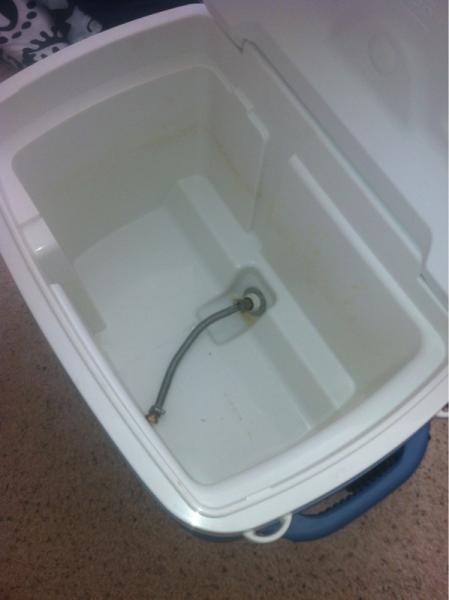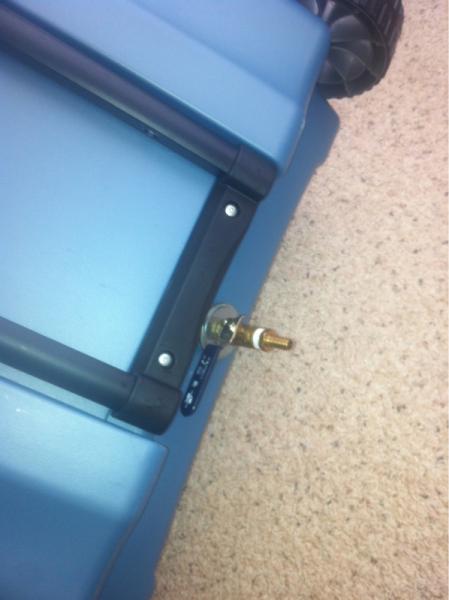Well I appreciate all of the advice y'all have given me. I am going to assume that water is "ok" my mash tun is working properly, I know my thermometer is accurate, but I am going to have the LHBS run my grain through their mill twice, or tighten then up and see if that steps up my efficiency. I have not been too concerned with the efficiency in the past, but the next few beers I am brewing are supposed to have a slightly sweeter finish a better mouthfeel. The past few beers have finished rather dry, and will definitely not fit the profile for the next brews. Most likely I will wind up buying a mill just because I don't like my projects failing at the hands of others, I can always adjust my procedures to make my stuff work... Looking on the bright side, the beer I brewed yesterday is bubbling up a storm and I can drink it here sometime soon!
Once again I like to thank all of you, it is very nice to be able to ask for advice/suggestions from such a great community and they actually try and help out. Although there are a lot of variances to opinions, it means a lot to have so much help. I will report back as soon as I figure out what is going wrong.





































![Craft A Brew - Safale BE-256 Yeast - Fermentis - Belgian Ale Dry Yeast - For Belgian & Strong Ales - Ingredients for Home Brewing - Beer Making Supplies - [3 Pack]](https://m.media-amazon.com/images/I/51bcKEwQmWL._SL500_.jpg)





















